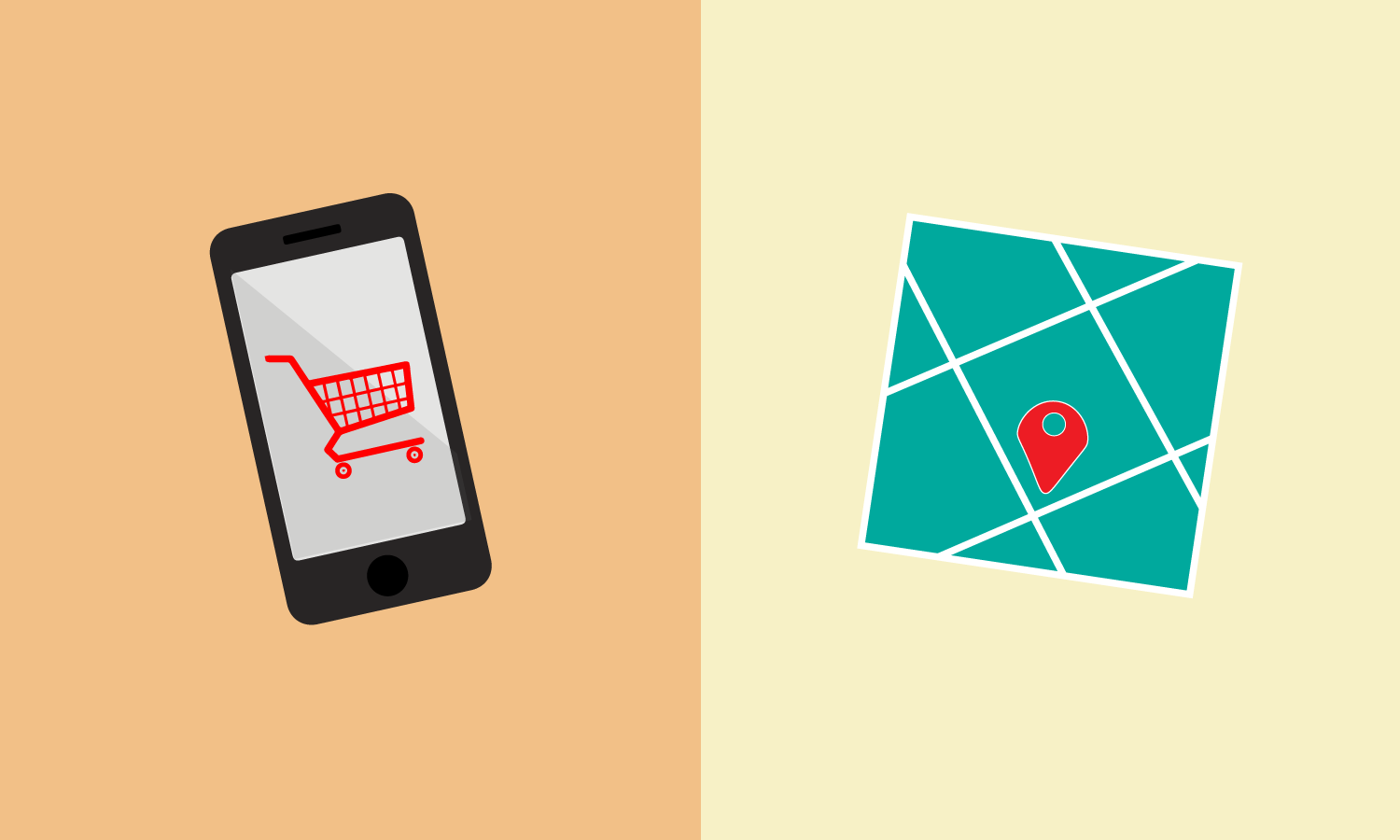Welcome back! As mentioned last week, we will dive deeper into online versus in-store back-to-school shopping.
Back-to-school shopping is starting earlier and getting crazier driving some shoppers to choose to shop online instead of facing the busy crowds. Often times, because of the huge spike in sales, online retailers offer free or expedited shipping or same-day delivery to their customers, during this time.
Shoppers
Surprisingly, less than 50% of back-to-school shopping is done online and this may well be because of the nature of the shopping. Since there are a lot of personal items such as clothing and shoes, and people do not want to deal with the hassle of returns, it is easier to purchase in-store.
Although it is considered the second largest shopping season of the year, retailers do not make as much money during this time. 49% of consumers say that they wait for the best discounts.
Seasonality and Timing
Seasonality plays an important role for any industry, especially during the ‘big’ shopping seasons. The bigger the season, the more advanced planning and strategy required. Both online and in-store retailers have to be at the top of their game.
Timing is also crucial to the back-to-school shopping season. Amazon’s Prime Day event, as well as other “Black Friday in July” events, are set to start off the back-to-school shopping season. 91% of shoppers said they were going to do back-to-school shopping during this time. Consumers who participated in Prime Day spent an average of 16-17% more than those who did not. This indicates that a longer shopping season leads to higher spending levels.
Online Vs In-Store Back-To-School Shopping
Retailers use many different methods to get shoppers to purchase online. Some methods include discounts on online orders, free shipping, and fast delivery. However, this does not mean that there is less people shopping in-store.
Post-secondary students are the largest group who prefer to shop online. This is because of the distance that students are faced with when attending post-secondary school. Often time’s students will order items online and have them shipped to their dorm rooms. Other times that shoppers will buy online are because they are purchasing from higher priced categories and more business-centric items. However, there are some downsides to shopping online for retailers. One example is that is reduces the amount of impulse purchases made in stores.
People like to touch and feel products, as well as having their items immediately. Online shopping does not allow for the immediacy that stores offer, even with fast delivery. The main group of in-store shoppers is under 16 years old, so that they can leave with their backpacks or clothing in hand.
Wal-Mart’s Shopping Experience
To help with the back-to-school shopping, Wal-Mart has created immersive experiences to help customers see how items will look in their space. For example, if post-secondary students are looking to buy products for their dorm, Wal-Mart curated 9 different rooms and shoppers can add groups of items to their cart for a specific room look. They have also added school-specific shopping lists to their App, such as individualized teacher lists. Shoppers can use these lists to find the right aisle in the store.
Summary
Shopping online or in-store is up to each individual. Both have their pros and cons, and both offer different solutions during the back-to-school shopping season.
Keep an eye out for next week’s blog to learn more about the back-to-school shopping supply chain!



